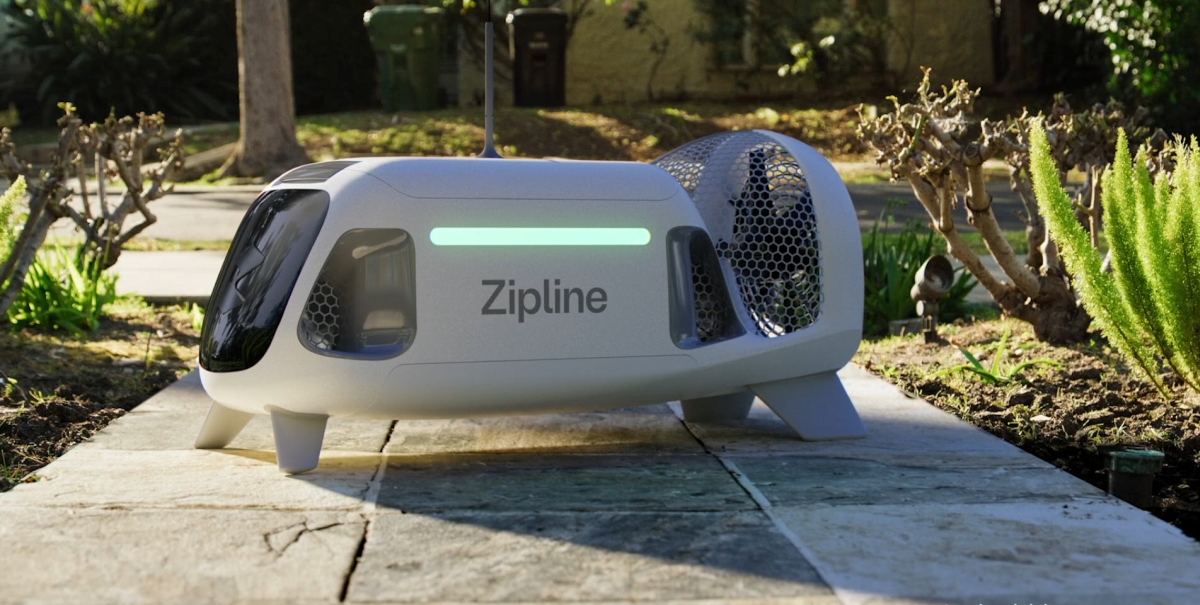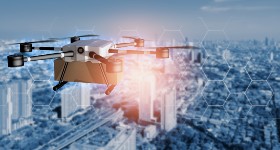In the fall of 2014, Trimble launched its UX5 Unmanned Aircraft System (UAS), along with its Trimble Business Center and Inpho UASMaster processing software at Machu Picchu in Peru.
Constantly under the threat of weather and an increase in tourism, the preservation of this UNESCO World Heritage Site is a growing concern. Capturing data from a fixed wing UAS would help the many organizations that govern and preserve the site to accurately visualize and monitor the location.
Access to Machu Picchu was arranged well in advance by Trimble distribution partner Geosystems and the Ministry of Culture in Peru. The day of the flight, a small area on one of the terraces was cleared of tourists (but not local llamas) for takeoff. Two flights were conducted at 120m and 100m for enhanced data. Trimble, Geosystems, local archaeologists and surveyors from the Ministry of Culture attended the flight, which was completed without any issues.
With the flight complete, Trimble and Geosystems went to work processing the imagery data immediately in Trimble Business Center and Inpho UASMaster. Trimble Business Center allows the data to be quickly processed into high-quality point clouds and orthophotos, while Inpho UASMaster offers feature rich photogrammetry workflows. The next day, Trimble and Geosystems presented orthophotos and a 3D point cloud model.
Check out the UX5 Takeoff here. And the landing here.
Next-Gen UAS for Imagery and Data Gathering
Digital imagery is often used to visualize job site conditions, review survey and mapping observations, measure points and features, and create two-dimensional and three-dimensional deliverables. The aerial perspective is optimal for documenting and measuring large horizontal sites. Using UAS for photogrammetric aerial mapping provides surveyors and other geospatial professionals with a tool for collecting imagery data that was once reserved for large and specialized photogrammetry companies.
Image Acquisition Methodology
Being successful with aerial mapping is predicated on the planning of flights and the desired deliverables. The typical phases for image acquisition are: Mission planning: Users should be able to define the mission area, add background maps, and define avoidance zones if required; Flight planning: For each flight, the pilot will identify the wind direction, takeoff location, and the landing location, so that the duration of the flight can be re-calculated based on the field conditions at the time of the flight; Flight operation: After launching the UAS, the flight is typically monitored using a ground control station. No manual interventions should be required unless the user wants (or needs) to abort the flight; Analysis: This process allows for a completeness check of the data. It ensures that the user is confident that they head home with data they can process to their deliverables.
Image Quality and Performance
The quality of the deliverable is dependent on the quality of the photogrammetric equipment used. UAS platforms today are being designed to follow the latest developments in the camera market, ensuring optimal image quality along with maximum photogrammetric accuracy.
Reliable and Rugged Design
By determining how often, which terrain it will be used in, and the weather in which it will operate, users can certainly narrow down their options of which UAS aerial imaging solution to leverage for their specific application.
The UX5 has a base structure consisting of a carbon frame inside expanded polypropylene foam. The frame ensures torsional stiffness and rigidity while the foam has exceptional pressure resistance and no memory-effect, which means that it will ‘bounce back’ to its original shape after impact. The exterior foam protects the internal electronics on impact and reduces the likeliness of any damage in case of an incident.
Landing Accuracy
A traditional landing for an UAS Aerial Imaging Solution has limitations that must be considered and addressed: the glide slope and landing speed. Newer UAS aerial imaging solutions are being engineered to overcome the limitations of a traditional landing with the addition of advanced controls and improving the height measurement resulting in accurate and predictable landings.
Reliability and Safety
In the field, an operator needs to be sure to adhere to safety regulations. The UAS platform and coupled software suite should help guide them through the pre- and post-flight sequences with step-by-step digital checklists. The software suite may also require the operator to follow a fixed post-flight procedure for downloading the data and verifying the data. This safeguards that the user does not leave the field with a dataset that is incomplete or inconsistent.
Surveying and mapping professionals across the world rely on and successfully use UAS to deliver greater value faster.
Eric McCuaig has been involved with mobile mapping and aerial surveying technologies for the past 12 years in a variety of leadership positions in North America and Europe. His areas of expertise include position and orientation systems, photogrammetry, remote sensing, mobile mapping and UAS.
Edited by
Ken Briodagh





